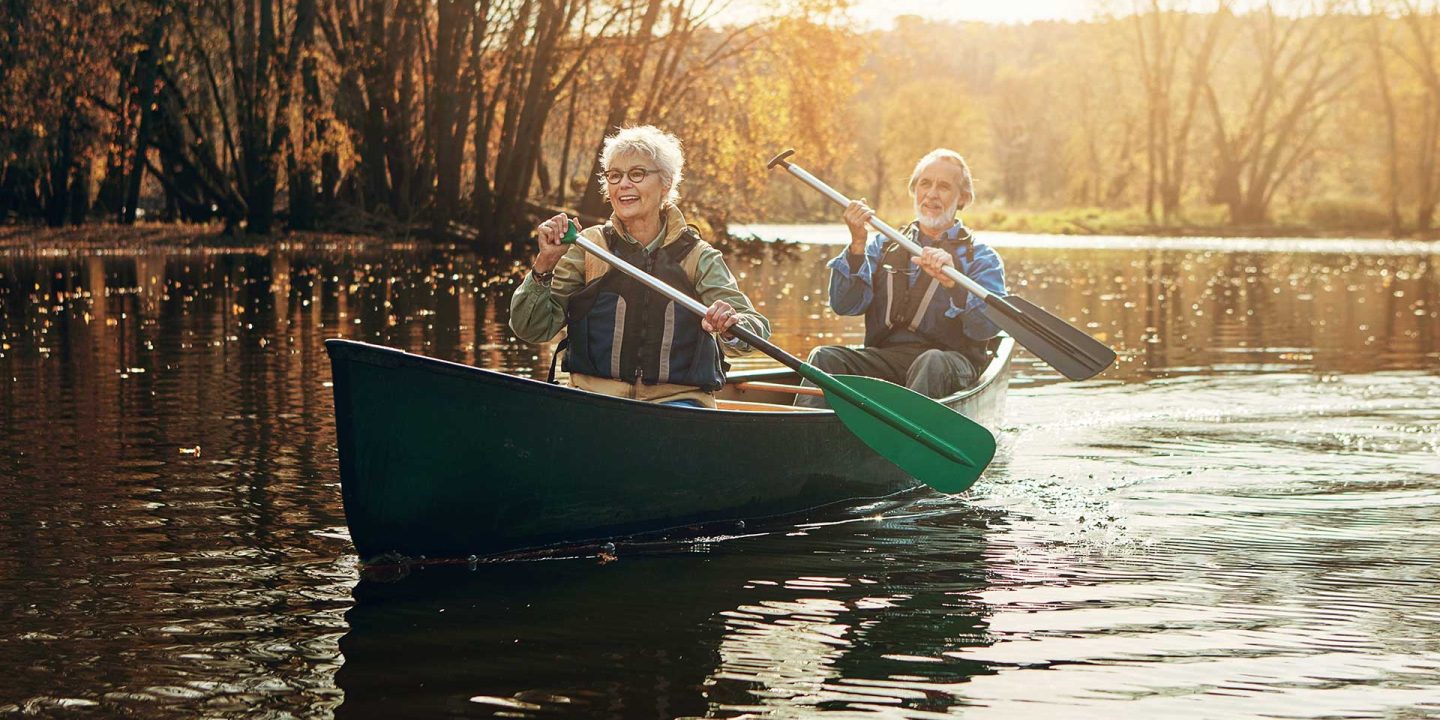
Table of Contents
With advancing age, seniors face potential challenges with mobility, making it vital to maintain their independence and quality of life. Restricted movement can increase the risk of falls, social isolation, and decreased health overall. But fortunately, there are things you can do to maintain and improve mobility, so that seniors can make the most of things easier.
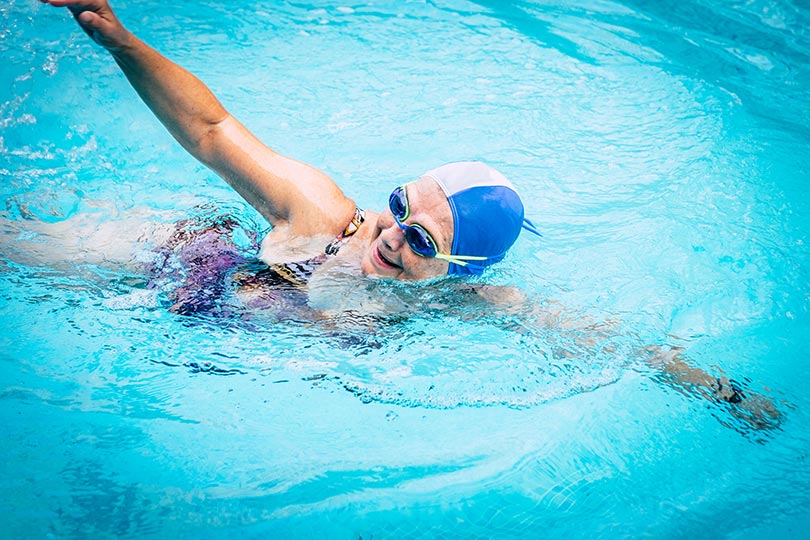
Tips to Improve Mobility for Seniors
1. Stay Physically Active
Regular exercises help strengthen muscles, improves balance and flexibility. Low-impact activities such as walking, swimming and yoga can help seniors maintain mobility and reduce stiffness.
2. Engage in Strength & Balance Training
Simple exercises such as leg lifts, seated marches and heel-to-toe walking can improve strength and coordination. It improves your movement control and reduces the risk of falling.
3. Maintain a Healthy Diet
Muscle health and bone strength are supported by a well-balanced diet of essential nutrients. Calcium, vitamin D and protein-rich foods lead to stronger bones and less joint pain.
4. Use Proper Footwear
Having good non-slip, supportive footwear increases stability and reduces slip and fall risk. Avoid high heels and loose-fitting shoes which could lead you to slip.
5. Ensure Home Safety Modifications
Changing the home environment can help mobility enormously. Install grab bars in the bathroom, eliminate loose rugs, enhance lighting and use non-slip mats to prevent falls.
6. Stay Hydrated and Manage Medications
Dehydration can lead to dizziness and weakness, which can lead to falls. And some medications can also affect balance, so scheduling regular checkups with your health care provider is important.
7. Get Regular Health Check-Ups
Check-ups can reveal any underlying health issues impacting mobility, like Arthritis, Osteoporosis, or neurological disorders.
Best Mobility Devices for Seniors
A unique mobility apparatus can offer enhanced mobility, safety and independence. The following are some of the best choices out there:
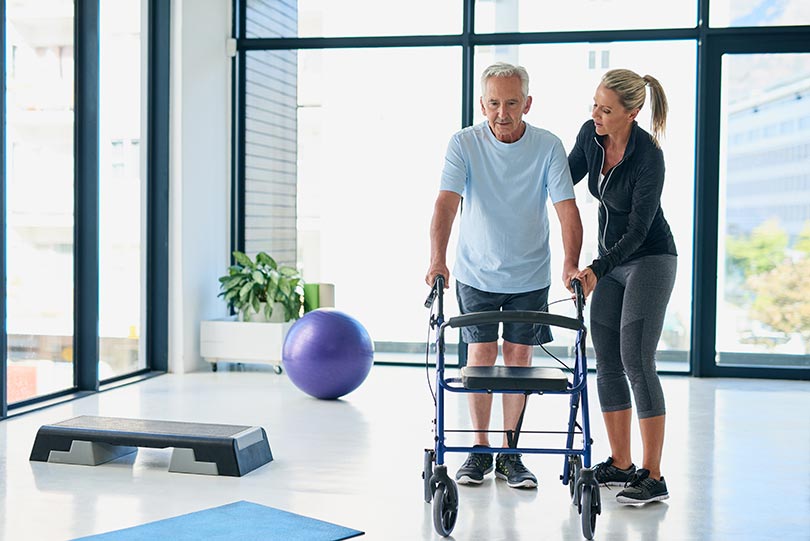
1. Walkers
Seniors often have difficulty in balancing and walkers offer support and stability.
Options include:
- Standard Walkers – Recommended for patients who require maximum support.
- Rolling Walkers – With wheels for ease of movement.
- Knee Walkers – Suitable for those recovering from foot or ankle injuries.
2. Rollators
Go for a rollator if you’re looking for something similar to a walker, but with wheels, a seat, and hand brakes, giving you more mobility and comfort over longer distances.
3. Canes
Canes provide balance support for seniors with low support needs. Available types include:
- Standard Canes – These are simple and lightweight.
- Quad Canes – Provide even more stability due to four points of contact.
- Folding Canes – Great for travelling.
4. Wheelchairs
Wheelchairs are an excellent senior assistive device for the elders with major movement disabilities. Options include:
- Manual Wheelchairs – Powered by hand for those with some upper body strength.
- Electric Wheelchairs – A revolutionary way to get around without the hassle.
➜ Our top 05 picks for the best Manual Wheelchair – 2025
5. Mobility Scooters
Mobility scooters are great for seniors who struggle to cover distances but can still walk a bit.
6. Stair Lifts
Stair lifts are a great mobility solution for multi-level homes and it facilitates safe transition between floors.
7. Transfer Aids
Transfer boards and swivel cushions help people move from one position to another safely.
Final Thoughts
As a general rule, improving mobility for seniors means combining staying active, a safe environment, and proper assistive devices. Selecting the right mobility aid, whether it’s a walker, rollator, or wheelchair, can make the biggest difference for a senior’s independence and overall quality of life. With these tips and household devices in check, seniors can experience more freedom, safety and confidence in their daily lives.




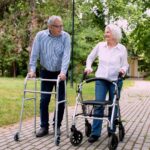
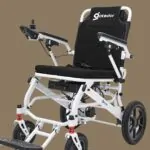

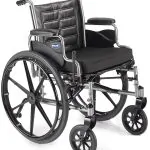
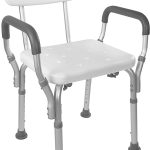
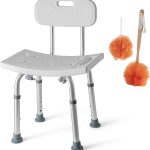

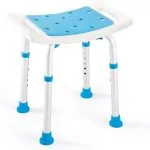


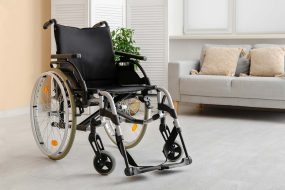
No Comments